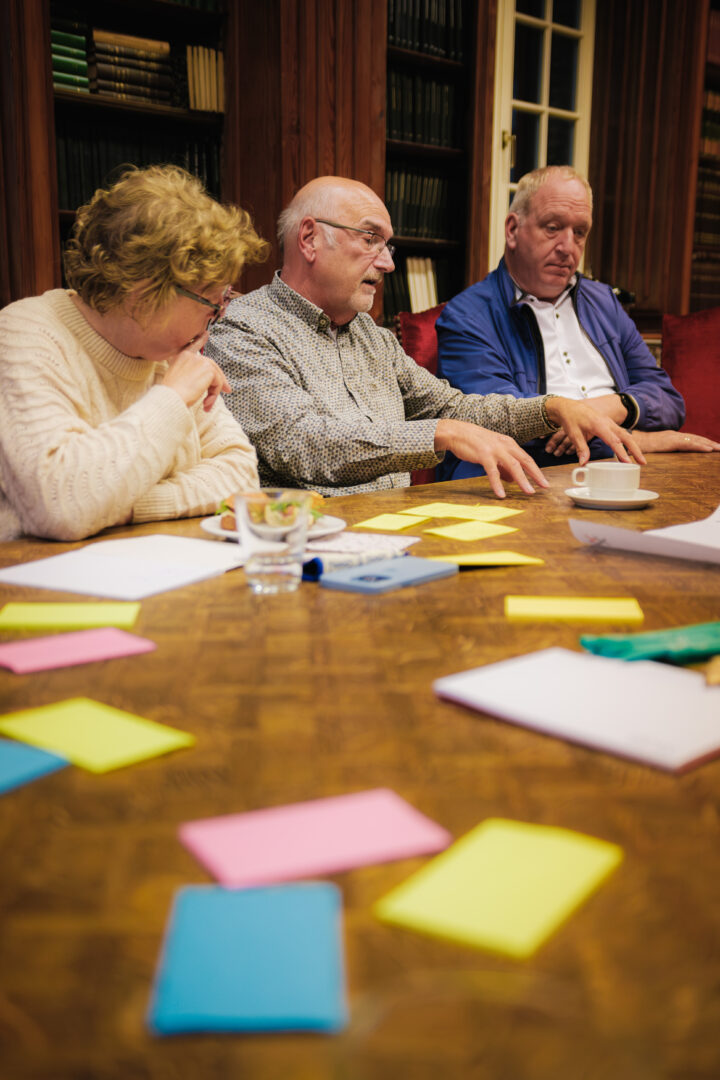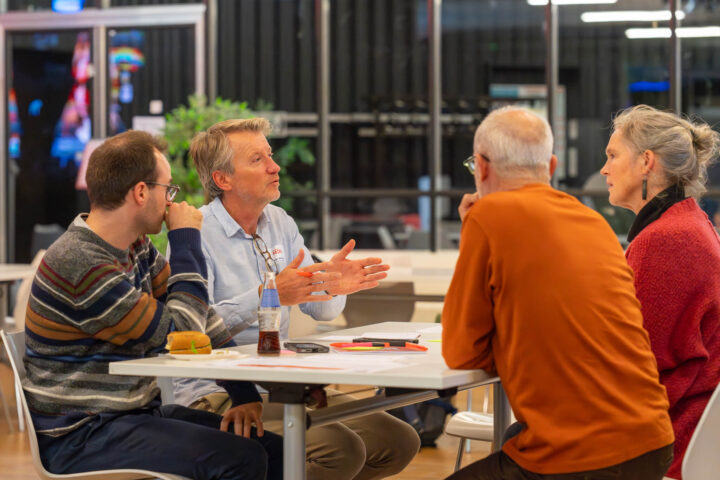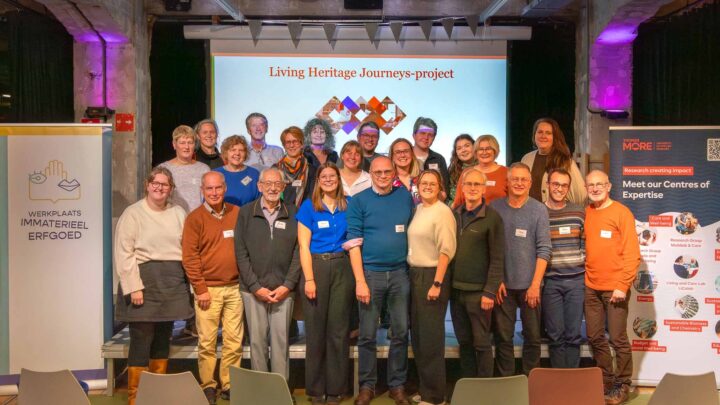Carillon Culture and Tourism: Dreams for Living Heritage Journeys
The Belgian Pilot Project: Carillon Culture
In Belgium, the focus is on carillon culture, with three selected locations: Grimbergen, Mechelen, and Leuven. Each place offers its own context and challenges. For example, Grimbergen, as a more rural municipality, provides a basis for exploring heritage tourism on a smaller, local scale. Mechelen plays a special role as the home of the carillon school, while Leuven, a bustling student city, offers insights at the intersection of culture, leisure, and international tourism.
The goal of the pilot in Belgium is to develop a dynamic project together with a wide range of stakeholders – from carillonneurs and carillon associations to heritage cells and local and regional tourism services. The heritage community is at the heart of this initiative. By closely involving them, the experiments can better align with local needs and aspirations, offering a sustainable approach to developing tourism around carillon culture within local contexts and networks.

© Aron Vermeiren for Workshop intangible heritage
Dreams and Preconditions
During three local workshops in the three cities, existing initiatives related to carillon culture and tourism were mapped and dreams about the future were shared. These discussions revealed valuable insights:
- The carillon is rarely the primary reason for tourists to visit a city.
- Various collaborations already exist between carillon culture and tourism, but stakeholders see significant room for growth and new forms of cooperation: with tourism entrepreneurs, the hospitality sector, cultural organizations, etc.
- Tourism offices emerge as a connecting factor.
- Carillon culture is both "high-level" (literally, in the air, and historically as a means for cities to distinguish themselves) and highly accessible, resonating broadly across the city.
- While there is already a lot of carillon-related offerings, these remain fragmented.
- The fine line between tourism and local activity and awareness: Local involvement in carillon culture is crucial for ensuring a sustainable future for this tradition. This can be strengthened through various local activities involving diverse residents and stakeholders, awareness-raising, and more. In 2024, sustainable tourism increasingly aligns with fostering thriving local communities. The principles of sustainable tourism (developing offerings for visitors) and the sustainable safeguarding of intangible heritage (initiating activities with various stakeholders to keep cultural practices alive and passed down) often overlap. This convergence offers many opportunities. However, careful differentiation and analysis about these processes and their interplay are necessary.
- Financial challenges were a recurring topic.
- Differences between urban and smaller municipal contexts became apparent.

© DoorDries - Dries Theuwissen for Workshop intangible heritage
A Step Forward: Workshop on November 13
On November 13, the final workshop took place before the pilot project officially commenced. This time, all stakeholders from the three pilot cities were invited, along with anyone interested in following the project (e.g., heritage cells, other cities, and tourism organisations).
Key findings and lessons from the earlier workshops and the visitor surveys conducted in the summer of 2024 in each of the three cities were shared.
Participants then engaged in discussions around four themes. In small, rotating teams, they developed ideas and explored possibilities for initiatives in the next project phase. They also identified the stakeholders that should be involved.
The Themes:
(Local) Participation: Local engagement can strengthen carillon culture, but is it essential for tourism? This theme examines the role and significance of local communities in supporting, promoting, and integrating carillon culture into tourism. How can you meaningfully involve people and organizations locally, and what benefits or challenges does this bring?
Dreams: This theme builds on the "dreams" and ideas from previous workshops, offering creative visions to enhance and make carillon culture more appealing to tourists. The participants worked on one or more dreams, outlining the preconditions, challenges, and desired outcomes.
Marketing and Promotion: How do you present carillon culture to tourists? This theme explores suitable and effective marketing strategies to promote carillon culture to both domestic and international visitors while respecting the local community's perspective.
Tourism and Carillon - What's in it for You? This theme examines the benefits of integrating carillon culture into tourism for both tourism stakeholders and the carillon community itself. When and why is it meaningful or valuable to merge intangible heritage like carillon culture with tourism experiences? Where are targeted actions needed? How might the tourist experience sometimes align with existing practices? What benefits does this bring for both perspectives (tourism/carillon culture)?
Looking Ahead
The workshop on November 13th concluded with an informal networking event. Participants expressed enthusiasm for the next steps in the project. Starting in 2025, focus will be on developing and implementing the first pilot projects.
To be continued!

© DoorDries - Dries Theuwissen for Workshop intangible heritage